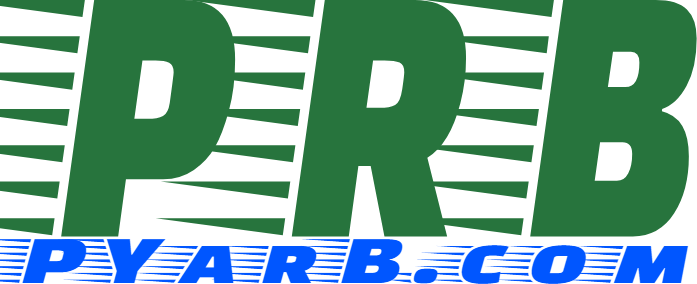Today, we will learn about Data Types in C Language. As in earlier posts I have introduced you with C Language. C language is the worlds most used and very powerful language for making Windows Application also Unix and Linux applications.

Basic Data Types in C Language
We have basically five basic data types in C Language. These are as following:
Character: char
Char is used to store single characters. It typically occupies 1 byte of memory.
You can see the declaration and definition of the char type variable using following example.
//Declaration
char ch;
char ch1, ch2;
//Declaration with Definition
char ch1 = 'A';
Integer: int
Int is used to store integers (whole numbers). The size of int depends on the compiler and the architecture, but it’s usually 4 bytes.
You can see the declaration and definition of the int type variable using following example.
//Declaration
int a;
int b, c;
//Declaration with Definition
int a = 5;
b = 7;Float: float
float is used to store floating-point numbers (decimal numbers). It normally occupies 4 bytes.
You can see the declaration and definition of the float type variable using following example.
//Declaration Only
float weight, height;
//Declaration and Definition
float weight1 = 68.5;
height = 1.5;Double: double
double is used to store double-precision floating-point numbers. It occupies 8 bytes. The double data type ranges from 1.7E-308 to 1.7E+308.
You can see the declaration and definition of the double type variable using following example.
//Declaration
double d1, d2;
//Definition
d1 = 1.9876;Void: void
void indicates the absence of data type. It’s commonly used as a return type for functions that do not return a value. most common being the main itself in many programs.
void Welcome()
{
printf("Welcome to DotNet Guide!!\n");
}We can further divide some of these data types into signed and unsigned data type and there are derived data types like pointer, array, structure, union and enumeration. For technical content in Audio Video format, please subscribe to our YouTube channel.

